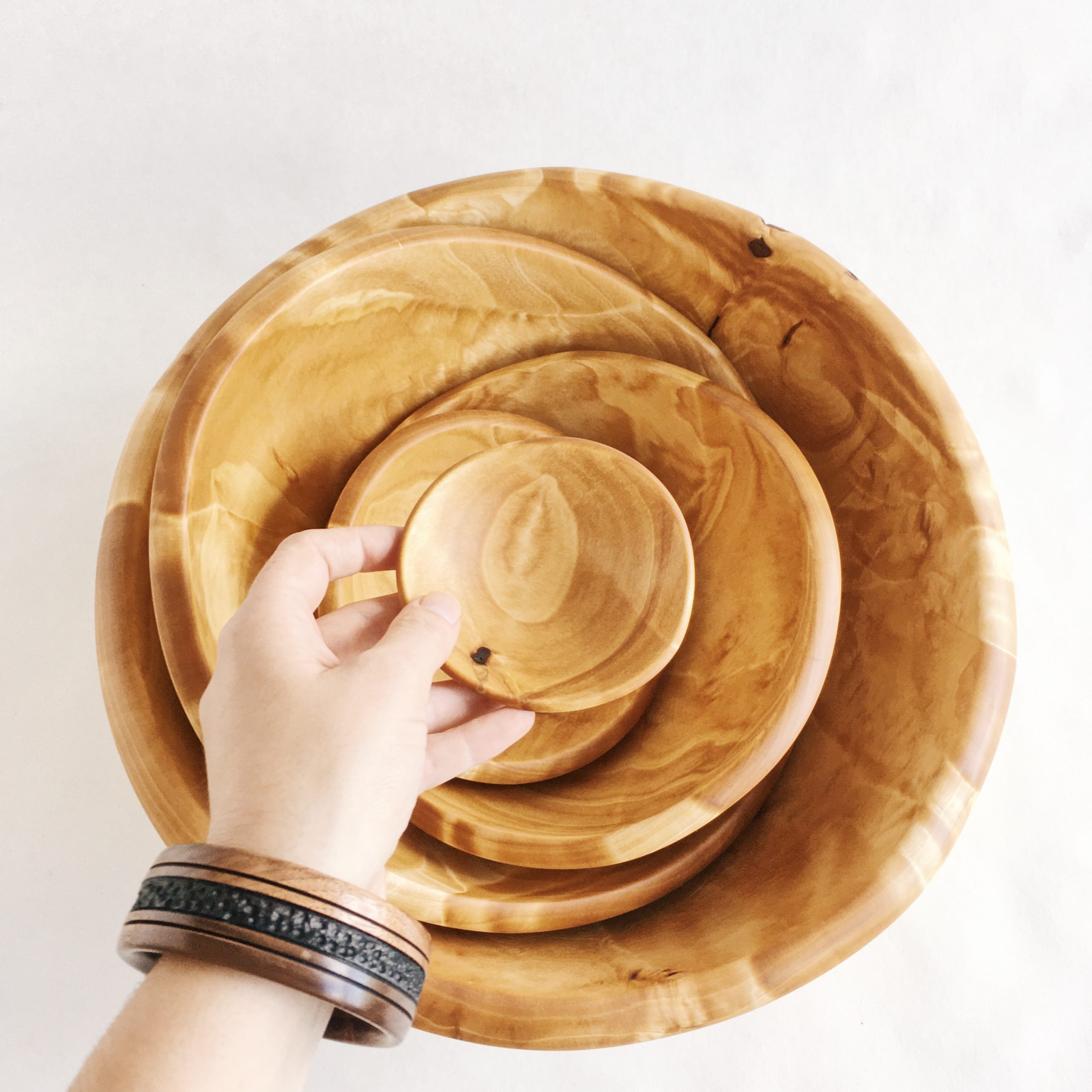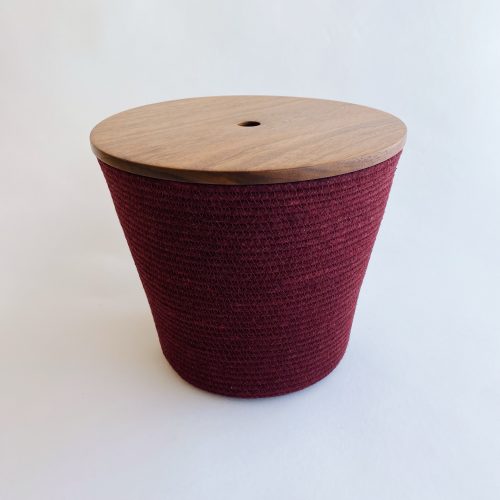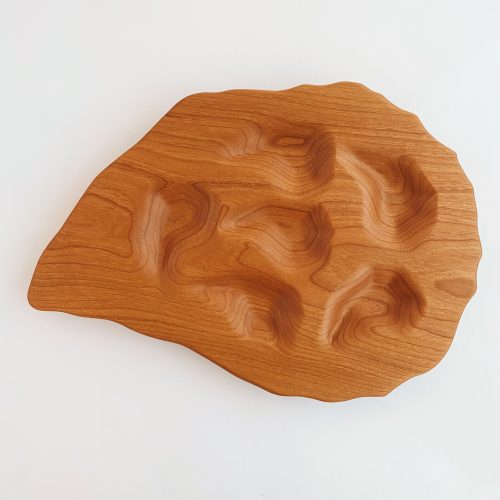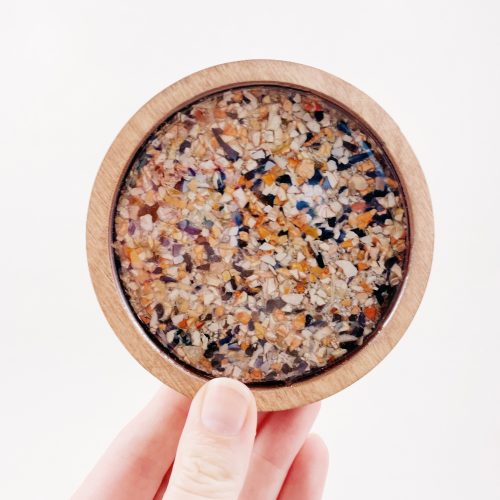Dennis Curtis
Augusta, Maine
I’ve always been a maker. I started when I was very young in my Dad’s shop, nailing lobster trap scraps together. Over the years, woodworking became and stayed the main outlet for my need to create. Like most hobbyist woodworkers, I enjoyed making furniture, cabinets, toys, puzzles, and whatever else captured my interest.
The “turning” point for me was a routine visit one day in 2005 to a woodworking tool store. That day there was a woodturning demonstration underway right there in the store. A woodturner had a lathe set up and running, and chips and shavings were flying. While I had tried turning at a lathe before (without instruction), what I was seeing now was clearly another thing altogether. This was something I needed to find out about!
Most of my interest in turning lies in making bowls and vessels, though I also enjoy creating other items such as bottle stoppers and boxes. My creations most often originate from found or salvaged timber, not from trees felled for the purpose. Each blank from the log is oriented and turned to best showcase the natural grain and figure of the wood. I believe that the occasional knot, bark inclusion, uneven coloring and asymmetric figure contribute immeasurably to the piece’s attraction, therefore often avoid timbers others might think “perfect”.
While the wood and its figure are certainly important pieces of the process, the form itself is the signature of the maker. The turned form springs from the life experiences of the turner, influenced by what he’s previously done, seen, thought about and created. Though not formally trained in the arts, I like to think that my sense of form has been shaped by my time spent lobstering on Penobscot Bay, watching the sea and its creatures. No matter the cause for it, I am sometimes profoundly astonished by the beauty of a piece in progress when I stop the lathe.













